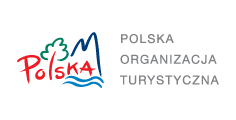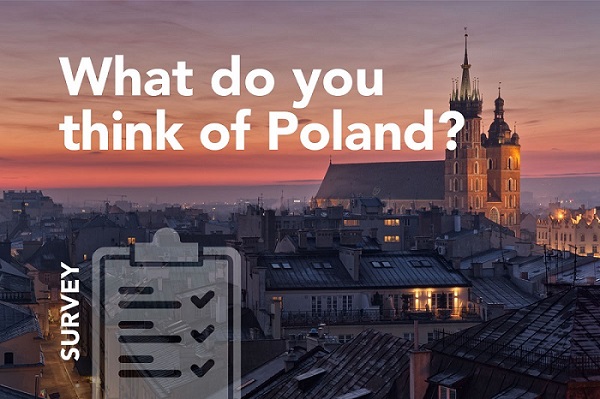Rabka-Zdroj
Rabka-Zdroj is a city which is part of the administrative district and the seat of the municipality of Nowy Targ in the province of Lesser Poland. The resort has the characteristic of a mountain spa as it is situated in the Rabka Valley, at an altitude between 500m and 560m above sea level, and at the confluence of three mountain streams with the River Raba. As the city lies within the Western Beskid Mountains it has a typical mountain climate which can be both moderately and strongly stimulating. The primary elements that are fundamental to the spa resort are the natural mineral waters found here that are rich in iodine, sodium, chlorides and bromides and, of course the climate.
The name of the town was first referred to in a document from 1254 to King Boleslaw Wstydliwy which suggests that the therapeutic properties of the brine found in Rabka were know and utilised by the Cistercian monastery, on whose estates Rabka was situated.
Following research in 1858 it was discovered that that the mineral waters present here had some of the greatest concentrations of iodine and bromine in Europe. The health resort was officially launched thanks to the Imperial and Royal Scientific Society in Krakow and Professor Jozef Dietla, an originator of spas worldwide. By the end of the 19th century spa treatment facilities had been built along with a Spa Park and a covered promenade. In 1889 work was started on establishing a centre for the treatment of children suffering with tuberculosis of the lymph nodes. The specialisation in the treatment of children and a specific microclimate greatly increased the popularity and development of the resort. Spa activities were suspended during World War II as the resort was used by the German Army’s health service and also was a specialised training centre for the SS and the Gestapo, the „liquidators” of Jewish ghettos as well as numerous Polish police officers. Despite considerable damage to facilities and equipment caused by the retreating German Army, medical spa treatments began almost immediately after the end of the war. Rabka again became an important centre for the treatment of tuberculosis, second only to Zakopane, but when this ceased to be regarded as a social disease the spa changed its specialisation toward the treatment of asthma and respiratory diseases. Both adults and children are treated in Rabka-Zdroj but the tradition of treating children was upheld and expanded into new directions, leisure and health tourism.
Today, Rabka is called the „City of Children from around the World”. This title was bestowed by the Governor of Lesser Poland Province in 1996 at the request of the International Order of Smile. The Order of Smile Museum was established in the same year on the grounds of the family park known as „Rabkoland”.
Rabka has its own theatre company which is the puppet theatre „Rabcio” and a statue of Santa Claus standing in front of the historic building of the main railway station, which has been called the Home of Santa Claus. The monument itself and especially its location have aroused much controversy in Rabka. There is a statue of Pope John Paul II in the Spa Park which marks the start of one papal trail.
Walking and cycling trails lead from Rabka to the surrounding peaks of Gorce (Turbacz), Wyspowy Beskid (Lubon Wielki) and the Babiogora Range (Babia Gora). The red trail from Turbacz through Rabka and onto Babia Gora is part of the Main Beskid Mountain Trail. Rabka is also the central station of the Podhale Group of the Volunteer Mountain Rescue Service which houses the first Mountain Rescue Coordination Centre in Poland.


